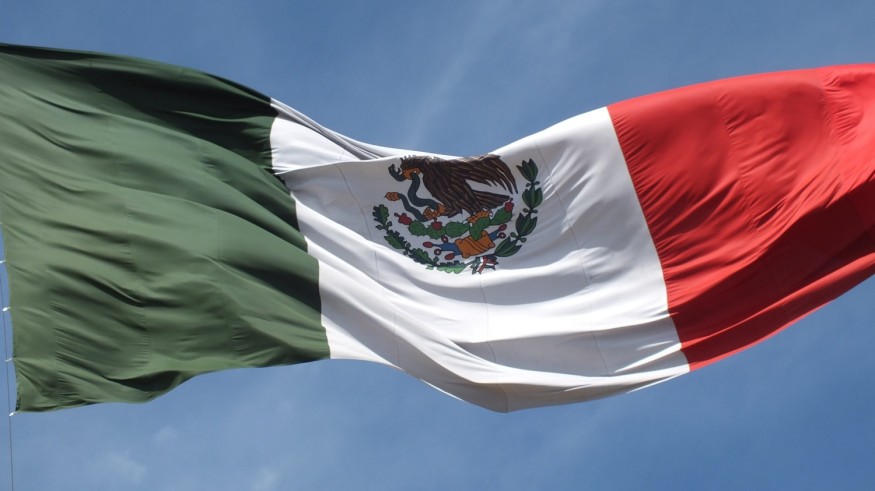Mexico's Languages in the Brink of Extinction

Mexico has a large landmass where different families, different races, and ranges of generations, have lived. Mexico has 11 languages that are somehow related to one another and has shared a common historical origin. These groups of languages are Algerian, Uto-Nahua, Cochimi-Human, Seri, Oto-Mangue, Mayan, Totonac-Tepehua, Tarascan, Mixe-Zoque, Oaxacan Chontal, and Huave.
In Mexican territory, a lot of different languages are in use. It all depends on the culture, tradition, and preference of the people. These are Akateko, Amuzgo, Awakateko, Ayapaneco, Cora, Jakalteko, Kaqchikel, Kickapoo, Tojolabal, Totonac, Triqui, Tzeltal, Tzotzil, Yaqui, Zapotec, and Zoque. And these languages are just parts of the overall language Mexico has used or is still using.
The country has an overall count of 68 indigenous languages in use. And these languages are related to one another, specifically to the indigenous people. Nonetheless, these languages are also linguistic groups, since they are coming from one group or more forms of languages.
READ: What is the Official Language of Mexico? Hint: It's Not Spanish
All over Mexico, there are 364 dialects spoken. And all of them represent a vital role in the extensive linguistic and cultural diversity of the country. And according to the Instituto Nacional de Lenguas Indígenas (INALI), a Mexican federal public agency, these linguistic variations must be treated as mother tongue while having full access to using them according to justice, proper, and public services.
Mexico has an estimated 7.4 million people who speak an indigenous language. But Nahuatl is the most widely used language with 1,725,000 speakers. Followed by Mayan, with a total of more than 859,000, and Tzeltal, with only 556,000. And all other languages are spoken with much less number of people, but it is still used.
ALSO READ: [VIDEO] The Truth About Sexy Spanish Accents
As many people thought that having this many languages used in a country makes Mexico be left out by other progressive countries. But this made Mexico well known for its cultural richness, and these languages are considered national languages with the same level of validity of Spanish. It does not matter what territory or location it comes from and what specific language the people speak as well as the number of speakers.
But aside from the fact that Mexico is a wealthy language country, globalization and the social marginalization has pushed down the indigenous people. It puts the indigenous languages at risk and can be extinct. A total of 60% of their languages are at risk of disappearing. These languages that have a high threat from extinction are Ku'ahl and Kiliwa from Baja California, Awakateko from Campeche, Mocho' from Chiapas, Ayapaneco from Tabasco, Nebajeño Ixil and Kaqchikel from Quintana Roo, Zapotec from Mixtepec, and Ixcateco and Zapotec from San Felipe Tejalápam from Oaxaca.
This significant experience in Mexico has already been experiencing the world. According to The United Nations Educational, Scientific, and Cultural Organization's Atlas of the World's Languages in Danger, there are a total of 6,000 languages or 43% around the world that are in danger of extinction.
READ MORE: Mexico's Unusual Cultures and Unknown Facts
Subscribe to Latin Post!
Sign up for our free newsletter for the Latest coverage!
© 2025 Latin Post. All rights reserved. Do not reproduce without permission.













